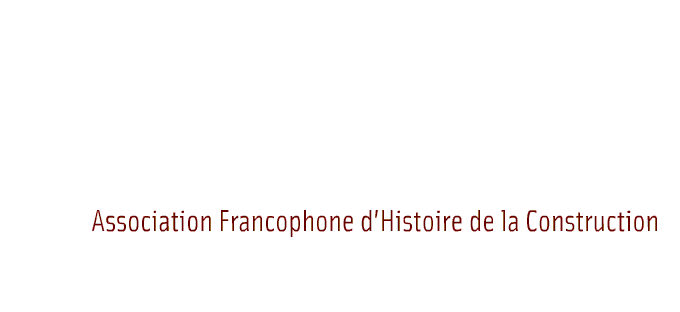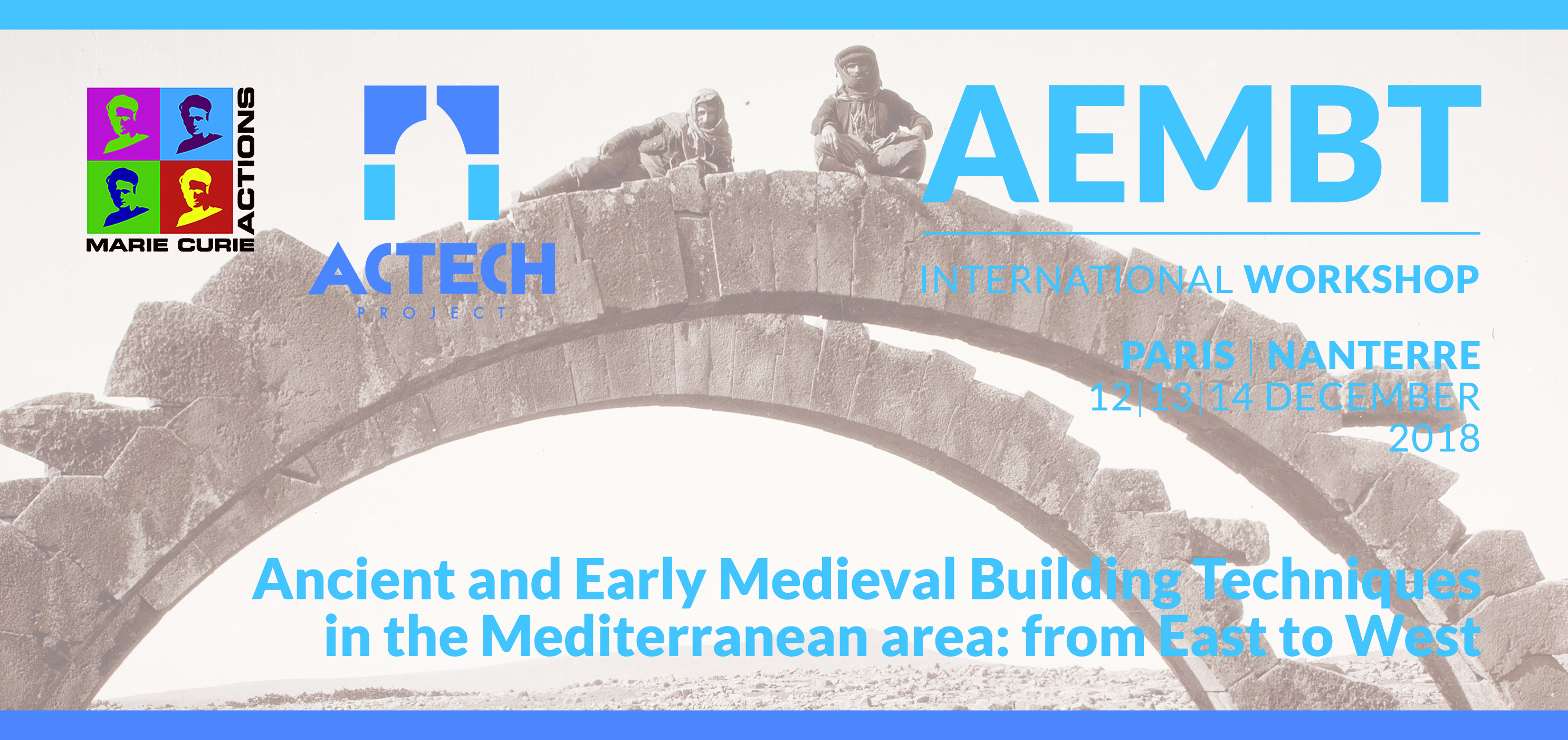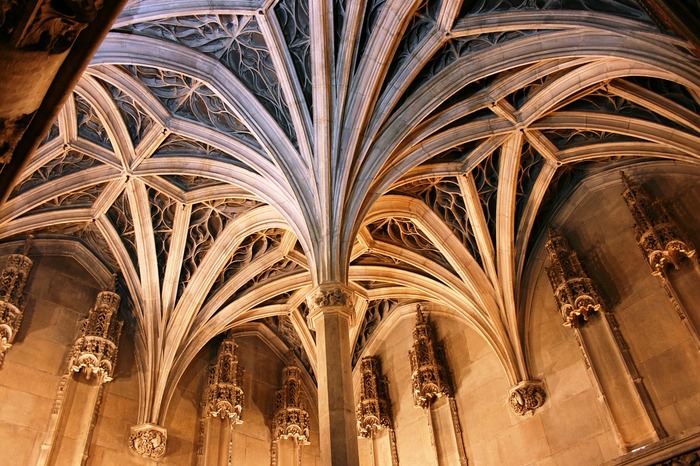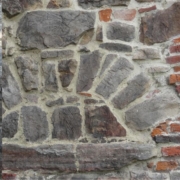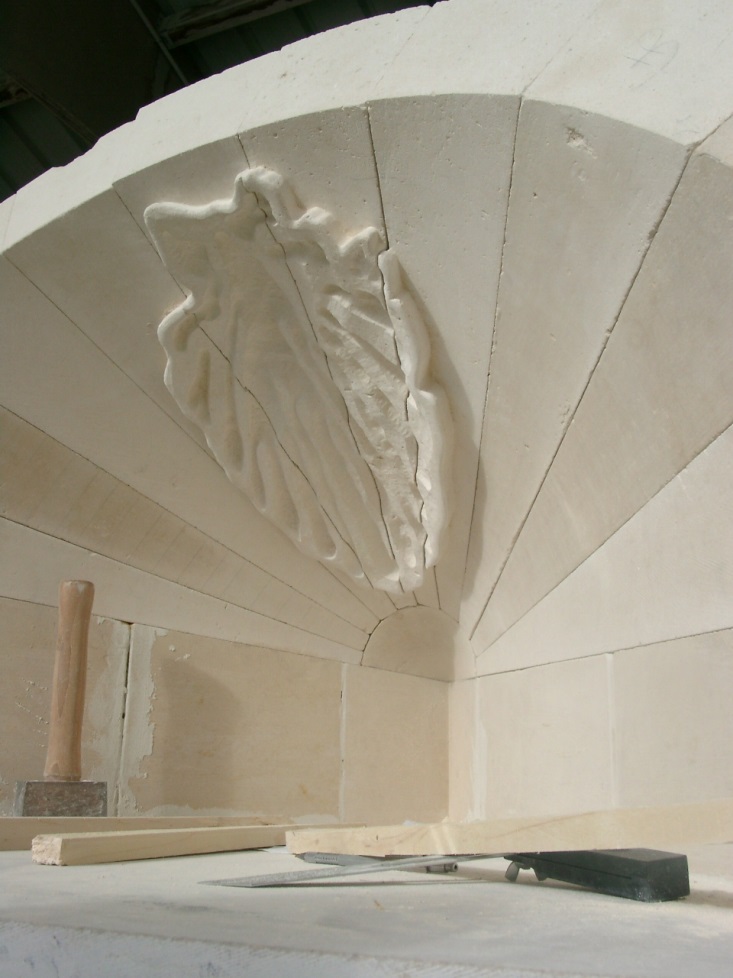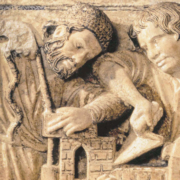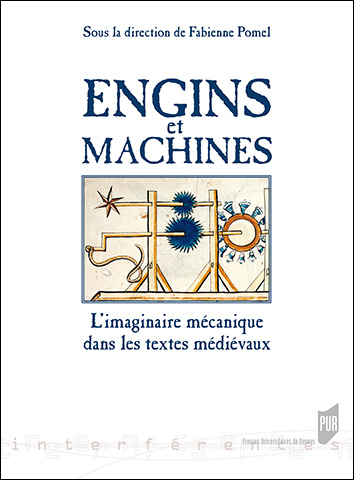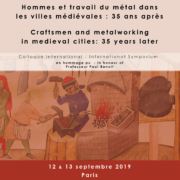Workshop Ancient and Early Medieval building techniques in the mediterranean area
Workshop Ancient and Early Medieval building techniques in the mediterranean area : from East to West
The workshop Ancient and Early Medieval building techniques in the mediterranean area: from East to West that will be held at the University of Paris 1 Panthéon-Sorbonne on the 12th, 13th and 14th of December 2018 is part of the Marie Skłodowska Curie European ACTECH project (G.A.703829), devoted to the study of the ancient construction techniques in the Near East from the Roman period to the Early Islamic era and on the transmission and diffusion of these techniques in the Mediterranean basin.
The study of building techniques leads to a complex analysis of historical buildings from different points of view. Characterizing a wall structure and defining different building techniques in order to determine the construction history of buildings means overturning the accepted “style-analytical” approach in order to understand the architecture. This workshop aims to address the theme of building techniques and technologies in the ancient Mediterranean basin, starting in the Hawrān region where Roman-Byzantine construction know-how came into contact with much older building technologies, and here the first examples of Islamic architecture were developed—a sort of “natural bridge” between East and West. In this fertile basin of local experiences new building techniques and architectural typologies developed and from there spread throughout the Mediterranean basin.
The interlinking between different regions and cultures in the ancient world, and the creation of networks and relationships between men, objects and ideas, is not a new theme; but the phenomenon needs to be studied more in depth, and it is possible only if we consider ancient societies on the basis of innovative approaches. For this reason, the workshop will bring together scholars working from different disciplines, periods and geographical areas to explore this complex theme and to encourage future interdisciplinary collaborations.
The topic will cover more than nine centuries (2nd-11th), a period of fundamental importance in the history of the Near East and the entire Mediterranean basin, which went on to influence the destiny of a large part of Europe. Thus, a greater understanding of Near Eastern buildings would surely contribute to the European debate and may also improve our knowledge of the development of ancient architecture in the Mediterranean, thus offering a new and updated contribution to current historiographic research regarding the transitional phase from Late Antiquity to the Middle Ages.
The study of the ancient construction techniques as a subject has undergone much development in recent years. The Spanish Journal “Arqueologia de la Arquitectura” in 2005 dedicated a monographic number to the construction techniques in the Medieval Western Mediterranean. In 2006 a conference held in Paris at the ENS opens a fruitful season for the study and the understanding of the Roman construction practices with the following conferences in Merida (2007), Siena (2009), Paris (2011), Padua (2012) and Oxford (2015). Furthermore in Padua, a seminar organized in 2013 focused on “Construction techniques and building cycles between the 6th and 9th centuries, between East and West-Tecniche costruttive e i cicli edilizi tra VI e IX secolo, fra Oriente e Occidente “.
If on one hand the workshop Ancient Construction Techniques is in line with this relatively recent but well-established tradition of studies, on the other, it wants to bring its specific contribution to the study of construction techniques in the ancient world. The workshop in fact takes into consideration a broader chronological framework, which starts from the Roman period (2nd century AD) to the first five centuries of Islam (XI century AD), and geographical, which extends from Syria to Spain, with the goal to deepen the transmission channels of construction techniques between East and West. This is certainly an ambitious goal but achievable. To reach this objective, we need to situate our understanding of material knowledge and diffusion of building techniques in the Near East in a comparative Mediterranean context. This type of effort requires an extensive comparative analysis and will increase in value in proportion to the number of examples identified and recorded. This will be possible thanks to a detailed comparison between the Near Eastern region and other areas in the Mediteranean basin, in particular southern Spain, but also taking into account Turkey, Sicily and the Ifriqiya.
Thus, the workshop finally will be the occasion to bring together scholars working in different themes (architects, archaeologists, historians and art historians), periods and areas of the Mediterranean basin with the main objective to show and compare their ongoing research, creating a fertile and collaborative background in which to exchange information and create a concrete contact point between different work experiences.
FINAL PROGRAMME, UPDATED 26/11/2018
FIRST DAY
12.12.2018
Salle Doucet – 3, rue Michelet, Paris
15.30
François Villeneuve – Paris 1 / UMR 7041 _ France
Welcome by the Director of ARSCAN and supervisor of the ACTECH project
PART ONE
The ACTECH Project
Buildings Archaeology, Archives and IT applied to Cultural Heritage
15.50
Piero Gilento – Paris 1 / UMR 7041 / ACTECH Project_France
The Study of the Near Eastern Building techniques and the Legacy of Howard Crosby Butler
16.30
Stefano Anastasio – MiBACT_Italy
The contribution of historical archives to Jordan archaeology: some case studies
17.10
Livio De Luca – MAP / CNRS_France
Reality-based 3D annotation for the collaborative study of heritage artefacts
17.50 – 18.10 Coffee Break
PART TWO
BUILDING IN THE “GREAT SYRIA” (I)
Material Culture in the Near East: building processes and pottery productions
18.10
Jean-Claude Bessac_CNRS (Hemeritus)_France
An overview of stone building processes in the Near East between Late Antiquity and the early Middle-Ages
18:50
Pierre-Marie Blanc – CNRS / UMR 7041_Paris_France
Pottery Production in the Hawrān from the Roman time to the Islamic era: Interactions and Exchanges between spaces and times
19.30 – Welcome Aperitif
SECOND DAY
13.12.2018
Centre Max Weber, Nanterre
PART THREE
BUILDING IN THE “GREAT SYRIA” (II)
Construction Techniques between Syria and Jordan
9.30
Pascale Clauss–Balty, Independent scholar_France
Building techniques in Southern Syria: a fully lithic and modular architecture
10.10
Pauline Piraud – Fournet – IFPO _ Amman_Jordan
Bostra, the “Trajan Palace”. Stratigraphy and Constructive Techniques
10.50 – 11.10 Coffee Break
11.10
Shaker al-Shbib – UMR7041, Paris_France
Building techniques of the Byzantine and Early Islamic Times of the fortifications in Northern Syria
11.50
Mattia Guidetti – University of Vienna_Austria
The conversion of landscape in Early Medieval Syria
12.30 – 14.00 Lunch
14.00
Piero Gilento – Paris 1 – UMR 7041 – ACTECH Project_France
Building Techniques in the Jordanian Hawrān: Chrono-typologies for Walls and Arches
14.40
Nayl Mohammad Tuhamer – Department of Antiquities of Jordan_Jordan
Byzantine and Islamic architecture in Northern Jordan
15.20 – 15.40 Coffee Break
15.40
Ignacio Arce – German-Jordanian University_Jordan
Stratigraphy, building techniques and the review of the phasing and dating of Late Antique and Umayyad architecture in Bilad es-Sham (6th-8th centuries)
16.20
Barbara Perlich – Technical University of Berlin_Germany
Building Qasr al-Mushatta
17.00- 17:30 – DISCUSSION animated by François Villeneuve
19:30 Joint Dinner
THIRD DAY
14.12.2018
Centre Max Weber, Nanterre
PART FOUR
BUILDING BETWEEN EAST AND WEST
Influences, Interactions and Transmission
9.30
Apolline Vernet – UMR8167_France
Making the newcomers feeling at home: a reappraisal of domestic architecture in Near East after the Islamic Conquest
10.10
Jean-Pierre Van Staëvel – University of Paris 1- Panthèon Sorbonne_France
Echoes of the Empire: Building materials and techniques in Ifrîqiya under the Aghlabid and Fatimid rule 9th-10th centuries)
10.50 – 11.10 Coffee Break
11.10
María de los Ángeles Utrero Agudo – CSIC – EEA_Spain
Early Medieval Hispanic Churches (8th-10th c.). From stratigraphy to building technology
11.50
Pedro Gurriarán Daza – Independent Scholar_Spain
Islamic Building Techniques in al-Andalus from the VIII to the X c.
12.30 – 13.00
ROUND TABLE animated by François Villeneuve, Dominique Pieri and Antonio Almagro
CONCLUSIONS by Antonio Almagro – EEA / CSIC_Spain
13.15 Greetings
ACTECH – BROCHURE
